Garden Termites: Tiny terrors wreaking havoc in your garden
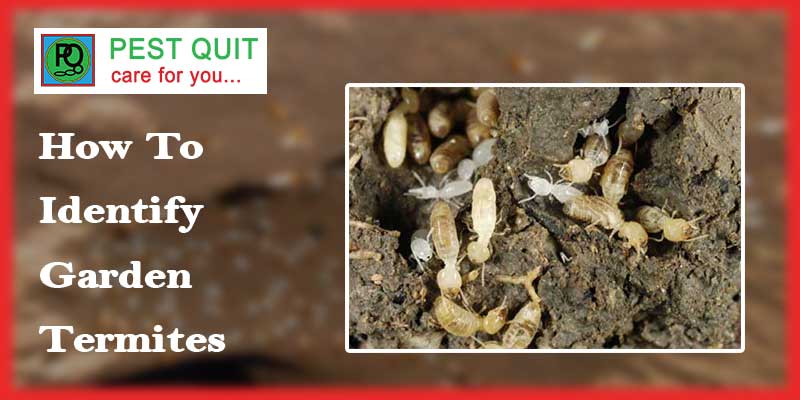
Garden Termites
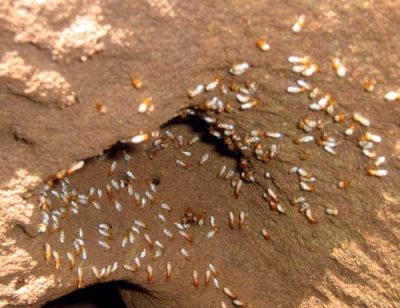
Identifying Garden Termites
Appearance of Garden Termites
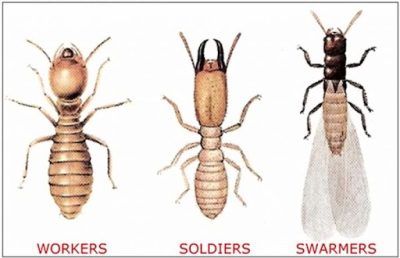
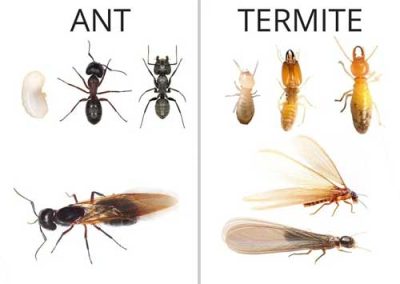
Behavior of Garden Termites
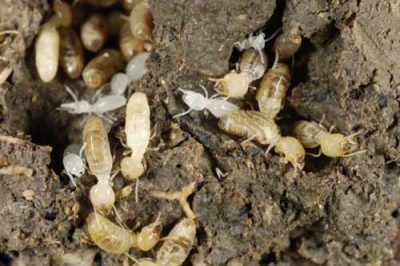
Signs of Garden Termite Infestation
Visible Damges Caused by Garden Termites
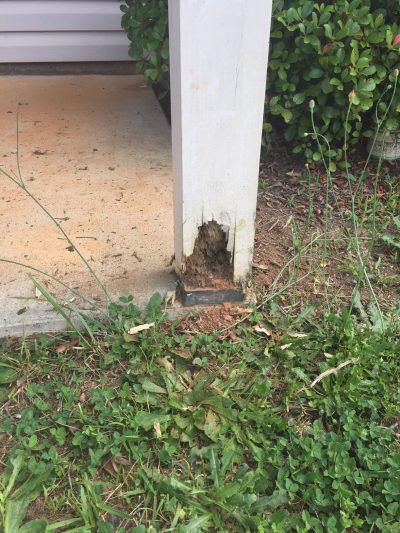
Inspect wooden structures like fences, planters, or outdoor furniture for damage. Termites are notorious for chewing through wood, leaving behind a weakened, hollowed structure. If you notice unexplained cracks, holes, or a crumbling texture in these wooden elements, it might signal a termite infestation.
Another peculiar indicator to watch for is the presence of discarded wings near windows or doors, especially after a swarming event. Termites often shed their wings when they find a suitable nesting spot. These discarded wings are a strong hint that a colony might be lurking close by, seeking their next target. Don’t ignore these seemingly insignificant remnants – they could be the key to uncovering a potential termite problem in your garden.
Being vigilant and attentive to these signs can help you detect a termite infestation early on, allowing you to take swift action before these pests cause extensive damage to your garden oasis.
Indirect Indicators of Garden Termites
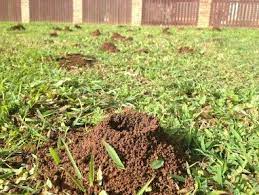
Have you noticed unusual soil mounds or cracks seemingly appearing out of nowhere in your garden? These could be silent signals indicating the presence of garden termites. These sneaky insects create underground tunnels and nests, resulting in peculiar soil disturbances that might catch your eye. Keep an observant lookout for these unexpected alterations in your garden’s terrain.
Furthermore, pay attention to any unexplained buzzing or rustling sounds emanating from beneath the ground. Though garden termites are stealthy creatures, sometimes they inadvertently make soft noises while tunneling through the soil. These subtle sounds might seem negligible, but they could serve as auditory cues prompting you to investigate further and potentially detect the unwanted guests lurking below.
Interestingly, the presence of predator insects such as ants or birds targeting a particular area in your garden could signify an underlying termite problem. These natural enemies sense the presence of termites and are drawn to feast upon them. Observing these predators targeting a specific spot might signal an infestation, urging you to inspect and take proactive measures against the hidden termite threat.
Keep an attentive eye and ear out for these indirect indicators – they might just be your garden’s way of hinting at an impending termite invasion. Understanding these signs allows you to take timely action, safeguarding your cherished garden from the potential damage caused by these persistent pests.
Safeguard Your Garden Against Termites Today
Identifying the subtle signs of termite presence early on is the key to preserving your garden’s beauty and health. Remember, unusual soil mounds, mysterious sounds, and the presence of termite predators can serve as crucial indicators of a potential termite infestation. By remaining vigilant and attuned to these signals, you can catch the invaders before they cause significant damage.
Acting swiftly upon detection is crucial. Implementing natural deterrents and employing smart landscaping practices can effectively deter these pests from invading your garden sanctuary. Consider using termite-resistant plants and incorporating natural termite repellents as part of your gardening routine. These simple steps can significantly reduce the risk of future infestations, ensuring a healthier environment for your plants.
However, if you’re uncertain about the extent of an infestation or if you’re facing a sizable termite invasion, seeking professional pest control help is always advisable. Expert pest control services can accurately assess the situation and employ effective termite control methods, preventing further damage to your garden.
Take charge of your garden’s well-being by staying informed and proactive. To delve deeper into termite control and garden pest management, explore additional resources and related articles for comprehensive insights. Your garden deserves the best termite care, so empower yourself with knowledge and proactive measures to keep it thriving for years to come.
Garden Termite: FAQ'S
Q. What time of year do garden termites swarm?
Q. Are garden termites dangerous to humans?
Q. How can I tell if it's termites or ants in my garden?
Q. What happens if I leave garden termites untreated?
Understanding the behaviors and potential risks associated with garden termites empowers you to take proactive measures to prevent infestations or address them promptly. If you suspect termite activity in your garden, it’s advisable to seek professional pest control assistance to mitigate the problem before it escalates and causes significant damage.
Professional pest control is the only choice for serious pest problems. Experts at Pest Quit will help you determine the best plan of action for safely eliminating the pests.
Looking for Effective Termite Control Services in your city?
Then you are in the right place.


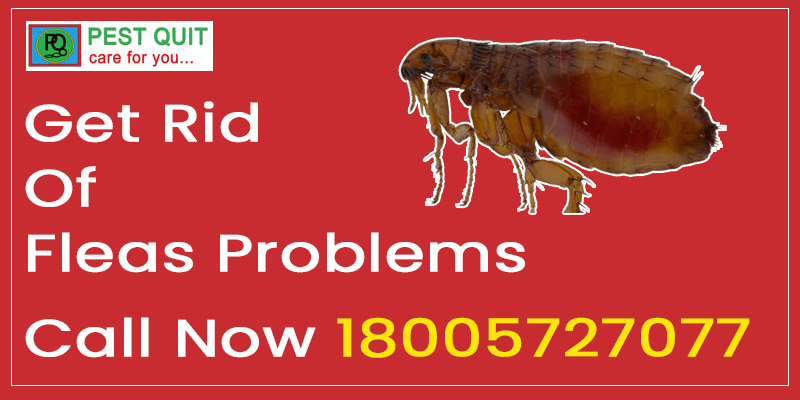

How to Get Rid of Fleas in Your Carpet and Furniture?
Flea problems in India Learn how to get rid of fleas in your carpet and…
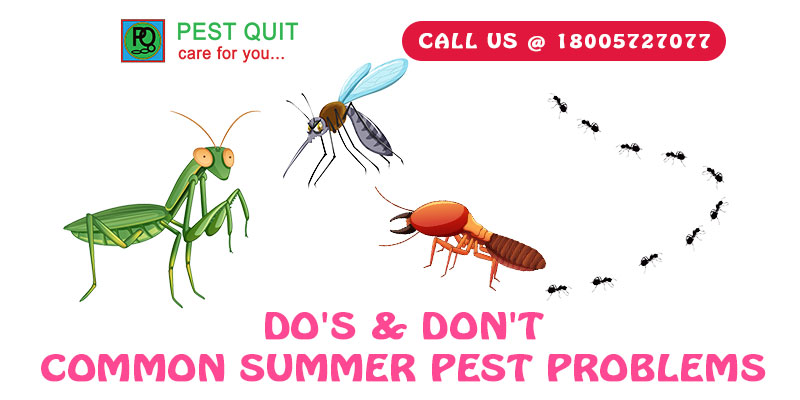

Do’s & Don’t – Common Summer Pest Problems
Pest Problems in Summer Have you ever wondered why pest problems escalate during the summer,…


